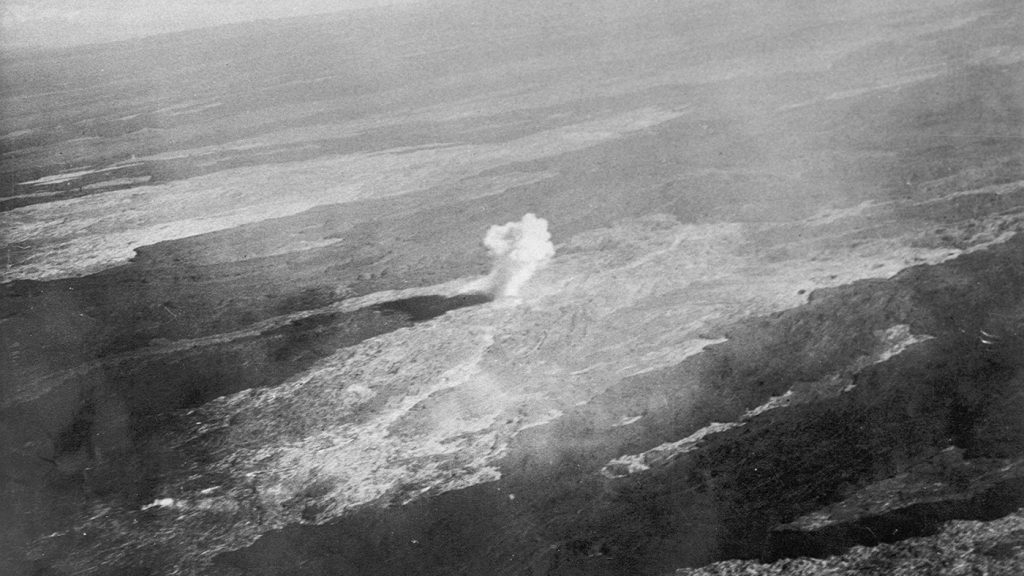Japan has seen its fair share of disasters, both natural and man-made, and a particular earthquake from six years ago also left a deep mark (literally).
The ultradeep quake was recently described in the journal Geophysical Research Letters and talks about the series of harsh jolts that trembled the Earth’s surface six years ago. The first jolt struck off the coast of Japan’s remote Bonin Islands and was recorded at magnitude 7.9 and up to 680 kilometers underground which made it one of the deepest quakes of that magnitude. After the first jolt, a series of aftershocks followed which were recorded as the deepest earthquake up to date. This large earthquake was felt by all of Japan’s 47 prefectures which was a first in 130 years of record-keeping.
The earthquake was estimated to have struck 751 kilometers beneath the surface in the lower mantle layer where earthquakes have never been recorded. In the past, scientists did record lower mantle quakes but were unable to pinpoint the exact location on the layer. “This is by far the best evidence for an earthquake in the lower mantle,” says Douglas Wiens, a seismologist specializing in deep quakes at Washington University in St. Louis.
In Japan, the lower mantle is believed to start about 700 kilometers down while it is believed to sit at an average of 660 kilometers around the globe. The team of scientists detected several aftershocks around this depth while some believe that more research is needed to confirm if the quake was real and actually struck in the lower mantle.
While deep quakes don’t cause that much harm on the surface level, scientists can tell decipher the different ways our planet shifts underneath the surface by studying the effects of these aftershocks. Seismic shudders help scientists to learn more about the planet’s interior workings and a quake in the lower mantle could offer a new perspective into the underworld.

